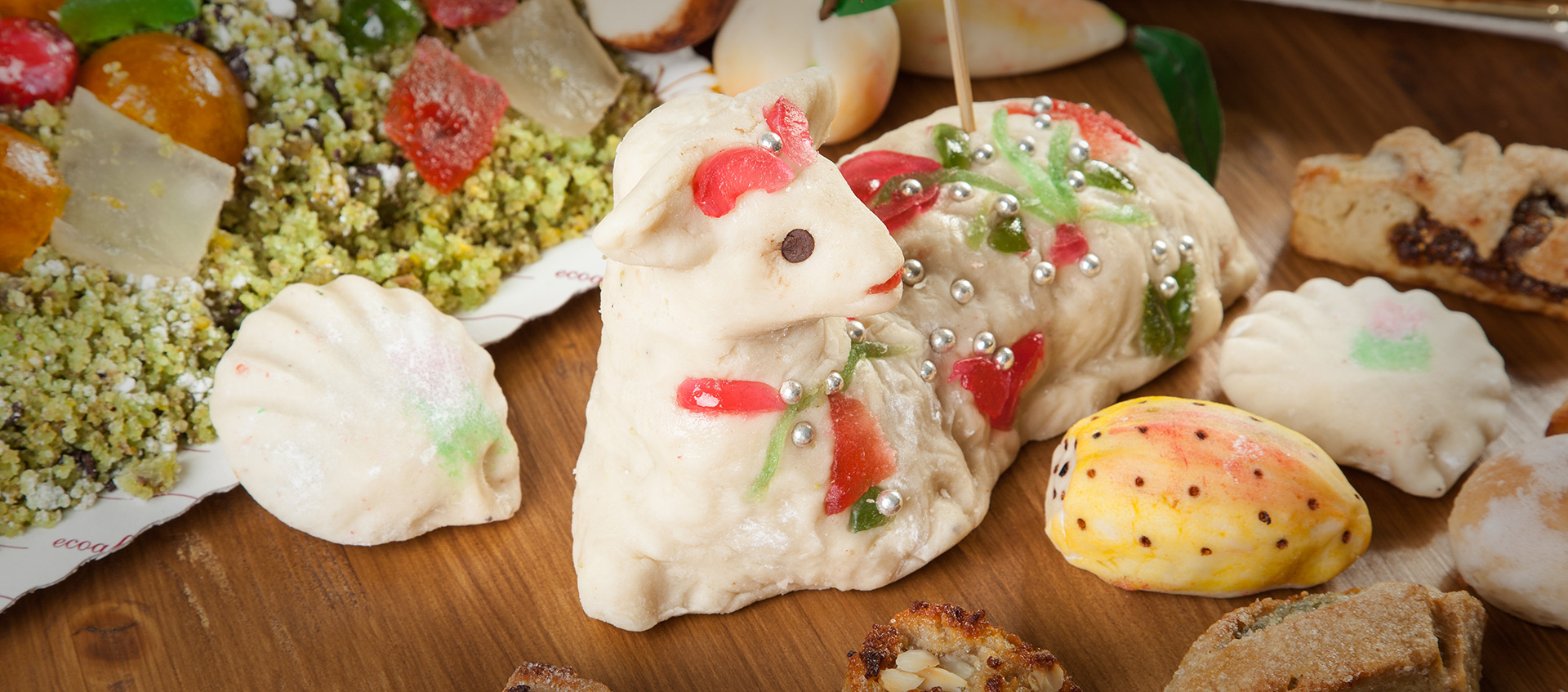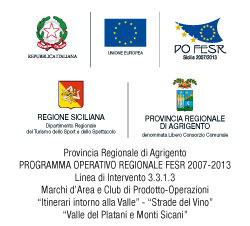The territory of Favara, for its favorable environmental conditions determined by geographical potion and water, is characterized by an agriculture that produces wheat, oil, almonds, pistachios and pastoral products. The pistachio, almond flour, we find them in the tradition of the renowned pastry Favara, among which the famous Easter lamb, sweet symbol paese.La history of this delicious dessert is old and says that, in the late nineteenth and early twentieth century, the nuns of the College of Mary began producing sweet marzipan and pistachio paste, including marzipan fruits - source Palermo - and the paschal lamb.
The recipe was passed down orally from older to younger sisters. Then the lamb was a sweet little spread: it was not until 1898, when a noble family favarese discovered the sweet and commissioned its production.
Even in the church world the sweet collected considerable success: May 12, 1923 was discovered by Monsignor Giuseppe Rancalli, when, being on a visit to Agrigento before returning to Rome, he stopped in Favara. Since then, the paschal lamb has not stopped receiving awards and appreciation worldwide.
The production began to increase exponentially after 1950, which facilitated the distribution of the lamb on the boards of all the people who had the opportunity to go to Favara to buy it. Given the large production of this sweet, around the middle of the twentieth century Favara was called "the city of the paschal lamb," so that was also set up a special festival: the event takes place annually during the Easter period, in the Castello Chiaramonte . Here visitors can taste the typical sweet of the city; not only that the event will include exhibitions and folklore show.
It is a festival that grows every year and attracts visitors from all over Italy, putting on display not only sweets but also the various attractions and historic monuments of the city. The product is made of marzipan in all months of the year and keeps the same taste despite the varied forms.



